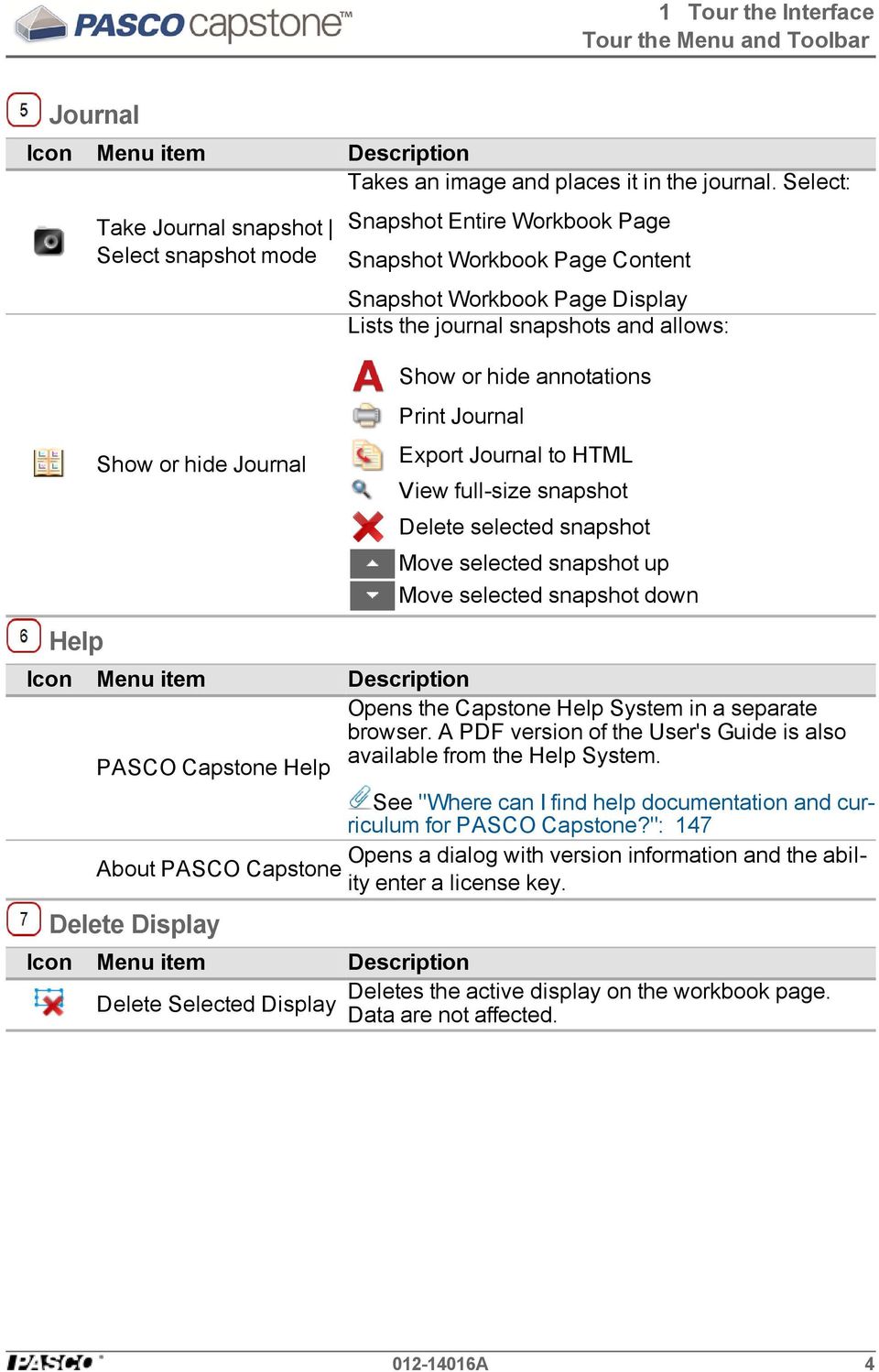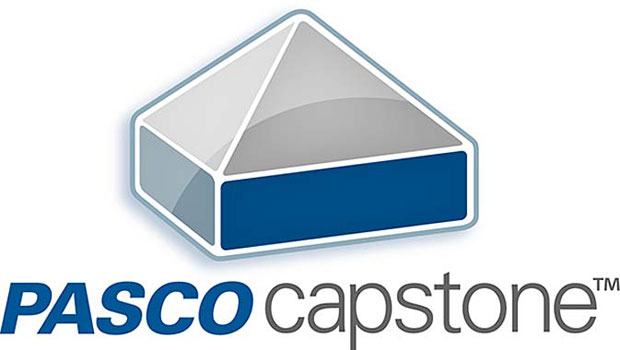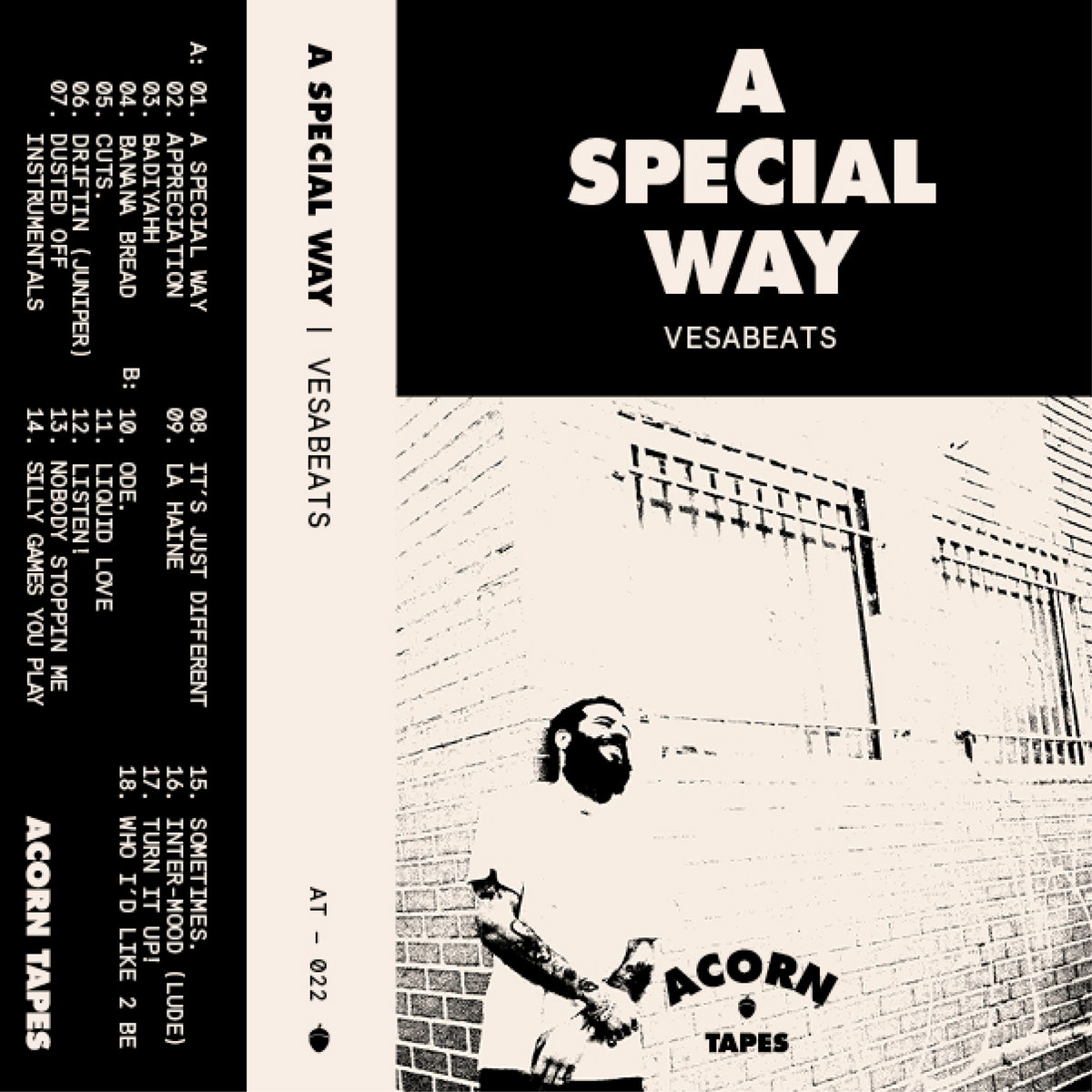

- PASCO CAPSTONE SOFTWARE LINEAR DATA DISPLAY HOW TO
- PASCO CAPSTONE SOFTWARE LINEAR DATA DISPLAY REGISTRATION
- PASCO CAPSTONE SOFTWARE LINEAR DATA DISPLAY DOWNLOAD
Several of these programs are described in the following paragraphs, with links to web pages offering further descriptions, and purchasing and/or download information. Such technology is not only applicable to physics studies mathematics teachers should also find it relevant to their studies (Bryan 2005). I learned that not only had developments in digital video increased the quality of video recordings so much that you could actually see a falling basketball during playback, but also several computer programs could now perform calculations and make graphs of position, velocity, and acceleration with just a mouse click. I didn't think much more about using video for studying motion until I attended a conference in the fall of 2002 and became aware of new developments in video analysis. Video Analysis in the Twenty-First Century Although the prospect of using video to study motion was promising, the technology of the early 1990s (at least the affordable technology) was not yet sophisticated enough to make it possible. When using the pause and frame-advance features, we couldn't even tell that there was a basketball anywhere in the frame. The quality of the recording and/or playback was so poor that the basketball was just one big blur as it fell. I placed the tape in the player, put the overhead over the screen, and hit Play. I don't know about the students, but I was excited when we returned to the classroom to view the video of the falling basketball. I found the specifications for the video camera so that we could know how much time passed between successive frames. Another student stood on the floor below and held a meter stick in view to use for scaling when analyzing the distances the ball fell between each frame. At the appropriate time, I took my AP Physics students to the gym, set up the camera, and had one student take a basketball to the top bleacher and drop it while being filmed. I was eager to try out this new data-collection method once school started that fall. Projectile motion, relative velocity, circular motion, collisions, and energy conservation of falling objects and pendulums were only some of the situations I had planned for my class to study using video recordings. Over the course of that summer, I made plans for my AP Physics students to analyze most, if not all, of the same types of motion they had done the year before in the introductory physics course. I even figured that we could analyze the motion of more than one object in the same video.


They would then measure changes in the object's position with time and calculate velocities and accelerations just like they had done before with other position and time data sets. Then, using the pause and frame-advance features of the VHS player, my students could mark the transparency to indicate the object's location in each frame and obtain a data source of successive dots similar to what they obtained when using the dot timers, carbon, and paper tape. Whatever the case, the idea was that I could film an object's motion, place the recording in the VHS player, and place an overhead transparency over the television screen. I may have read about it in a teaching journal or heard about it from some other person, or I may have actually generated the idea by linking my experiences using carbon tape "dot timers" in class and playing around with the pause and frame-advance features on my VHS player. My first encounter with using video to teach high school physics concepts occurred one summer in the early 1990s while I was teaching at a large suburban high school.

PASCO CAPSTONE SOFTWARE LINEAR DATA DISPLAY HOW TO
PASCO CAPSTONE SOFTWARE LINEAR DATA DISPLAY REGISTRATION
Access and Initial Setup in AP Registration and Ordering.National Examinations in World Languages.2020 AP with WE Service Scholarship Winners.


 0 kommentar(er)
0 kommentar(er)
